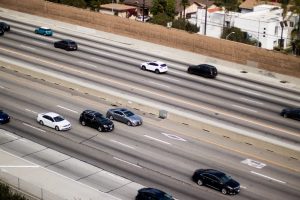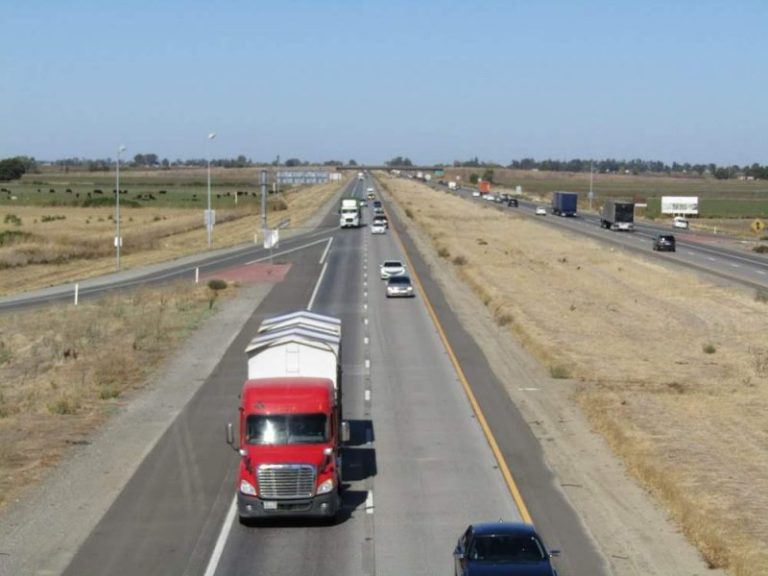Substantiating Evidence for Auto Accident Cases
After an auto accident in Arizona, you’re inevitably going to need some evidence, whether it’s to receive a successful settlement from an insurance company or to come out on top after a lawsuit.
- Evidence for your auto accident damages (such as injuries, suffering, lost wages, and bills).
- Evidence of how the accident transpired, to be used in an eventual determination of fault.
Contrary to popular belief, you don’t need to prove that someone else was wholly to blame, so it’s always worthwhile to gather evidence and argue your case, even if you know that you primarily caused the accident. This is due to a legal concept in Arizona known as pure comparative fault. Under a pure comparative fault system, the amount of compensation you can receive is directly proportional to your liability, with no limitations—for example, if you had $10,000 of damages, but were 90% to blame for those damages, you’d only be able to recover $1,000 in court. This means that every percentage of liability has a direct impact on the compensation you receive, so the better your evidence (and lawyer) is, the more you make at the end of the day.
Evidence You Should Gather Immediately
While the investigation process is certainly a lengthy one, some evidence is time-sensitive and will need to be gathered while at the scene of the accident or shortly thereafter. The police will also collect much of this evidence on their own, but to fill in their gaps (and to have a second source by which to notice errors in the police report), you should be gathering some of this information yourself:
- Contact information and insurance company/ coverage data from all involved drivers.
- Clerical data, such as the date and location of the accident, as well as how long it took for police to be notified and arrive to the scene.
- The number and types of vehicles involved and the damages they sustained, complete with photos.
- The type of accident (head-on, t-bone, rollover, etc) and/ or a general description of the collision.
- Your account of how the crash happened. Stick to the facts and don’t make assumptions or let emotions tinge your records.
- Road, weather, and visibility conditions at the time of your accident.
- Photos of any injuries sustained, alongside notes on pain, symptoms, and mental states of involved parties.
- Recorded statements from passengers and witnesses regardi
 ng their depiction of the accident. Do not ask biased questions, or these testimonies may be invalidated (for example, “what did you see in the crash?” is far better than “did you see that guy slam into me?”).
ng their depiction of the accident. Do not ask biased questions, or these testimonies may be invalidated (for example, “what did you see in the crash?” is far better than “did you see that guy slam into me?”).
Other Sources of Evidence
As mentioned prior, the police officer that responds to your accident will gather evidence of their own. That data will then be converted into an auto accident police report, which will contain additional evidence alongside the officer’s account of how the accident might have occurred, both of which are invaluable to your case.
Similarly, you’ll want to prove your damages by seeing a doctor to generate third-party medical records; also be sure to keep a journal detailing your pain and general experiences. If you have lost wages, save pay stubs and other sources of payment validation.
Composing a Strong Arizona Auto Accident Case
ELG’s Arizona auto accident attorneys can help you gather additional evidence, such as subpoenaed phone records and the testimonies of officers and other involved parties. Give us a call at (623) 321-0566 to schedule a free consultation with a legal professional who can build a strong case on your behalf, bringing your combined body of evidence together to maximize your compensation.
Law News Feed
All NewsWho Is Liable for Damages After a Truck Accident?
According to information from the National Highway Traffic Safety Association, more than 2,500 truck accidents occur each year in Arizona. It goes without sayin…
Common Injuries After a Motorcycle Accident
Motorcycle accidents kill or severely injure individuals more frequently than any other type of crash, resulting in immense amounts of suffering and financial d…

